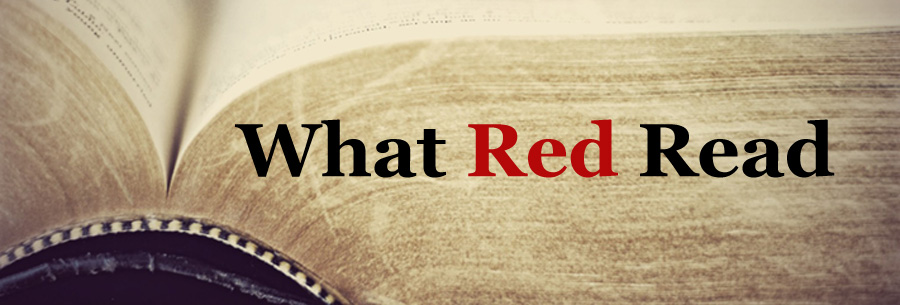Past or present? George says. Male or female? It can't be both. It must be one or the other.Who says? Why must it? her mother says.George's mother has died and she's having a hard time with it. As one would. Her mother, a professor and artist, responsible for creation of subverts (subverting advertising), the type who would pull her children out of school for an extended vacation to go see a fresco but a practically unknown artist, Francesco del Cossa. Her father seems to be no help, nor does the school psychologist who either sits silently or just repeats back everything she says in the form of a question. Though she does make friends with a girl H who seems to provide some solace for what she's going through. And George begins for focus her attention on something to connect her to her mother: the fresco and a "friend" named Lisa that is connected in some ways to her mother's erratic behavior near the end (though said behavior is unrelated to her death). I realize this makes it seem like a very straightforward story but I want to tell you it is not. At all. There are musings on art and gender and music and loss. Within this narrative, time jumps back and forth between her mother in the year or so before her death and George's present day. Then there's the second narrative around the fresco artist.
The making of images is a powerful thing and may if care's not taken lead to breakageThe second half of the novel (or rather the second half in my version, because apparently there are versions that begin with this story) deals with the artist Francesco del Cossa. When George is at the National Gallery looking at some other work of del Cossa's the ghost of the artist somehow attaches himself to George, convinced he's in purgatory, which involves following this teenage girl around in this strange world. But most of the story is of Francesco's time growing up, also having lost a mother at a young age. I will hold off saying too much about this narrative since there are some possible spoilers here but I will just say that I liked this section better than George's, probably because very intelligent cynical teenagers (EVEN WHEN WRITTEN VERY WELL) annoy me.
As I said, some versions of the book started with del Cossa's narrative, though mine started with George's. The book doesn't have a typical structure and the ending is a little odd, if only because in some versions the ending is actually in the middle. It's a little strange but you just kind of go with it. Except some of the poetry stuff. Which I bet is beautiful and really adds another layer to the story but yeah, I skipped that part so I deem it acceptable to skip those parts as well. Perhaps I'll give it a try at some point in the future.
Gif rating:
One thing I wanted to say, that really has nothing to do with the book at all, but lets me use some of the Italian grammar I know and some of the book takes place in Italy, so. Anyway, at one point someone is correcting George's mother when she says buona sera instead of buongiorno because buona sera means literally "good evening". EXCEPT (because people corrected me on this many times) buongiorno is used to say "good morning" and then buona sera is used for "good afternoon" and "good evening". I ended up mostly going with ciao which has no time requirements.
Title quote from page 122
Smith, Ali. how to be both. Anchor Books, 2014


